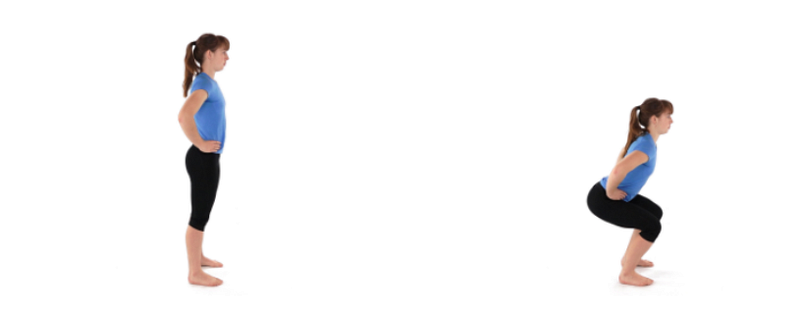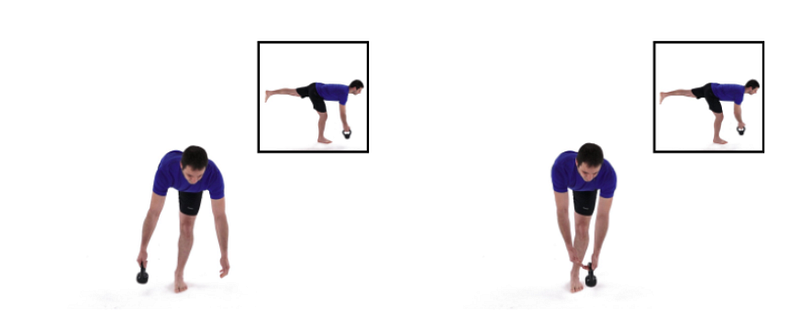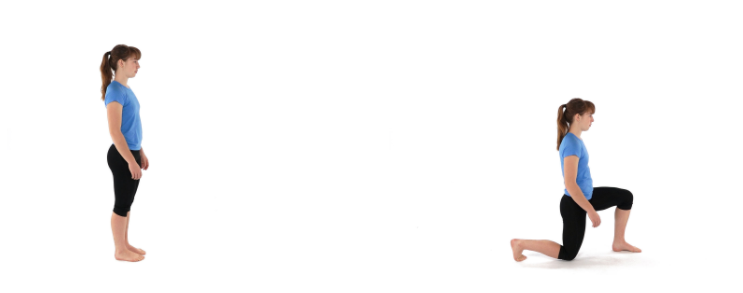How Tempo Training Can Revolutionize Strength for Runners
Written on
Chapter 1: Understanding Tempo Training
Tempo training is often an underappreciated technique in the realm of health and fitness. The essence of true fitness lies in your ability to execute movements slowly and with control. Many runners shy away from strength training due to misconceptions, fear of gaining weight, or simply not understanding its benefits. Fortunately, adopting tempo training not only intensifies your workouts but also improves your balance, coordination, and overall mobility. In essence, it transforms you into a more functional athlete, positively affecting your running performance and reducing the risk of injuries.
If you seek an exceptionally effective way to challenge yourself, look no further than tempo training!
As a kinesiologist, I frequently observe individuals rushing through their workouts, driven by time constraints or impatience. While completing reps quickly may seem impressive, training encompasses far more than just speed. Prioritizing lifting heavier weights in the shortest time can undermine the essential foundations of mobility, stability, and core strength.
Today, we’ll delve into this often-overlooked gem in fitness. Tempo training might just be your key to revitalizing your strength routine and enhancing its benefits for your running. Let’s dive in!
Slowing Down for Enhanced Performance
As with any adjustment to your exercise regimen, consult with a healthcare professional if you have any concerns. Although moving at a slower pace typically enhances safety during lifts, it's wise to seek guidance to determine the most suitable tempo for you. A myriad of tempo variations exist, so if you're eager to learn more about this method, check out additional resources.
For now, I’ll introduce a straightforward technique I often use for warm-ups or when teaching clients new exercises. The goal is to take five seconds for both the contraction and lengthening phases of the lift, pausing for two seconds at both the bottom and top positions for full control. In summary, this is a 5/2/5/2 tempo. While it may feel agonizingly slow at first, your body will adapt to this new stimulus quickly.
Here are five essential insights you’ll gain from ultra-slow tempo training:
- Controlling the lengthening phase builds strength and muscle tone.
- You might discover that one side of your body is compensating more than you realized; slowing down allows for correction.
- A slower pace helps you connect more deeply with your body—who says strength training can't be a mindful practice?
- Awareness of mobility is heightened; tight areas in your movement will become evident with this slow tempo.
- Core stability is crucial; the time spent on these tempo lifts will enhance your practice.
Keep in mind this is just one approach among many. If the 5/2/5/2 tempo doesn’t resonate with you, feel free to explore other rhythms. The beauty of tempo training lies in its flexibility, allowing you to find the ideal pace that aligns with your objectives.
As a quick tip, practice slow, rhythmic exhales during the contraction phase and inhales during the lengthening phase. This technique helps maintain core engagement and control throughout each rep. Why not experiment with this approach through the following exercises? These can serve as a warm-up or a standalone session focused on coordination and motor control.
- Squat / Back Squat

Cues: 10–15 reps x 2. Squats form a foundational movement in resistance training. Start in a standing position with feet shoulder-width apart, brace your core, and visualize 'stacking' your ribs and pelvis. Begin hinging at the hips and lowering while keeping your heels on the ground. Once you reach the desired depth, push back up by engaging your glutes.
To fully benefit from this tempo training modification, I recommend trying a back squat. The barbell adds mobility and core stability challenges essential for maximizing the advantages of slowing down. Always start light to ensure safety before increasing weight.
- Single-Leg Deadlift

Cues: 10–15 reps per side. Tighten your core and visualize stacking your ribs over your pelvis. Plant one foot and hinge at the hips, extending your back leg behind you. Maintain a neutral back and neck while keeping your core engaged. Once you've reached a controllable low point, extend your hips and activate your glutes to return to the starting position. If using weights, keep them close to your legs to protect your back.
You might notice some athletes transfer the weight to the opposite hand; this is an advanced progression. If you're starting out, keep the weight in the hand opposite to the planted leg to focus on the hinge movement. While you can choose a regular deadlift, the single-leg variation offers unique balance challenges that are valuable in tempo training.
This exercise effectively addresses the common tendency to overtrain the quadriceps while neglecting the posterior chain (hamstrings, glutes, etc.). It's an excellent method for restoring balance in your legs and has been shown to enhance hamstring lengthening. When combined with the many benefits of tempo training, it becomes a powerful exercise for runners.
- Walking Lunges

Cues: 10–15 reps per side. Begin in a neutral standing position, step forward into a balanced split-squat stance, and lower until both knees reach a 90-degree angle. Stop just before your back knee touches the ground, then press back up through your front heel, engaging your glutes. Alternate legs with each rep and remember to exhale as you push back up against resistance.
Progressions for the walking lunge include the lunge with a twist and the suitcase carry lunge.
Other Tempos to Experiment With:
- 10/2/10/2 — focused on stability and motor control
- 2/0/2/1 — a standard tempo for most exercises
- 4/1/2/1 — an eccentric-focused lift to practice controlled lowering

In Conclusion,
The most profound secret in fitness is often simpler than anticipated. Slowing down may be the key to uncovering your weaknesses and optimizing both your fitness and running performance. Once you've integrated a few ultra-slow-focused training sessions, you'll quickly realize the gaps in your routine. Tempo training not only fosters mindfulness in your workouts but also enhances coordination, motor control, balance, mobility, and much more.
The advantages are evident—so why not start today? It’s time to slow down and elevate your training to new heights!